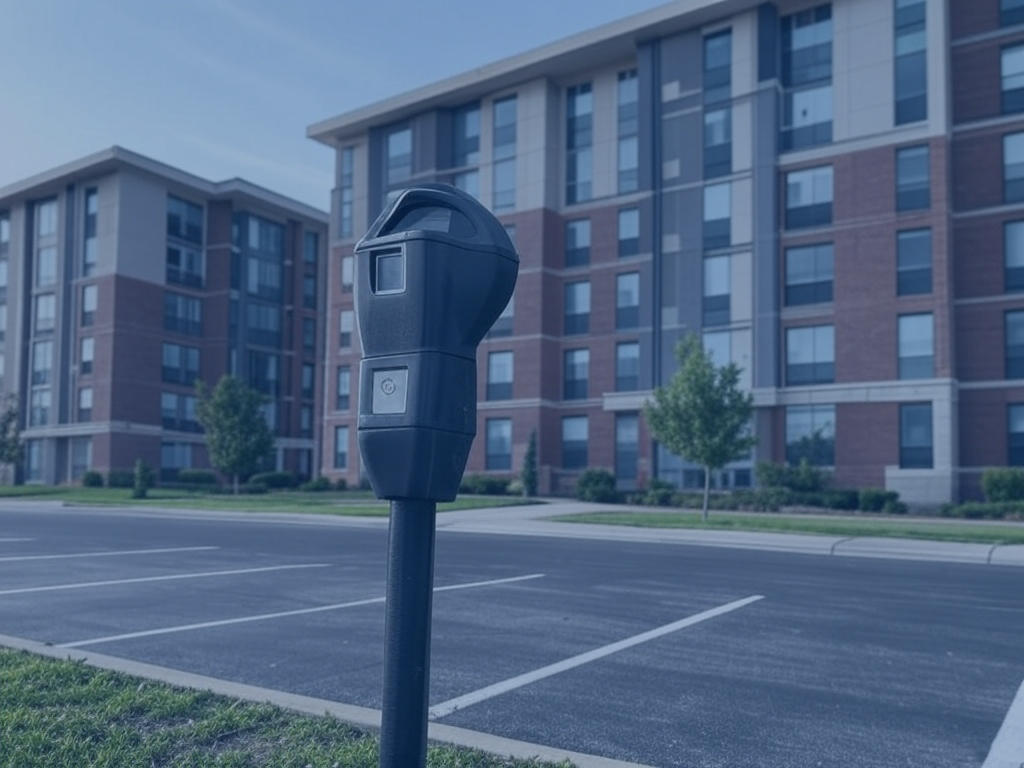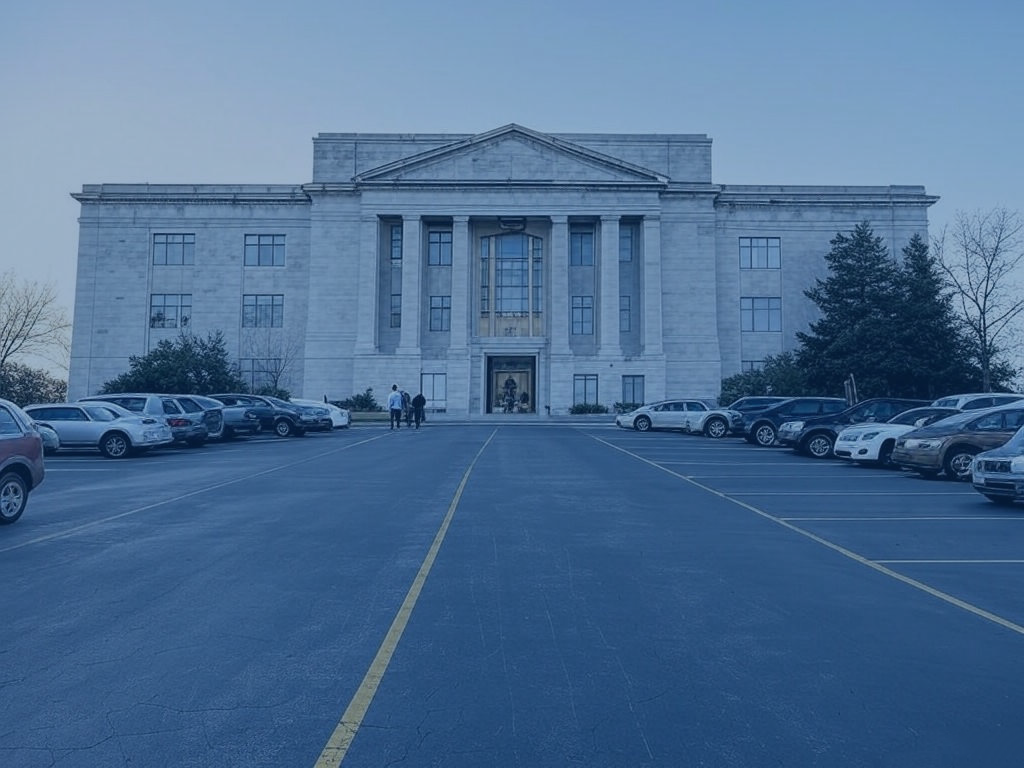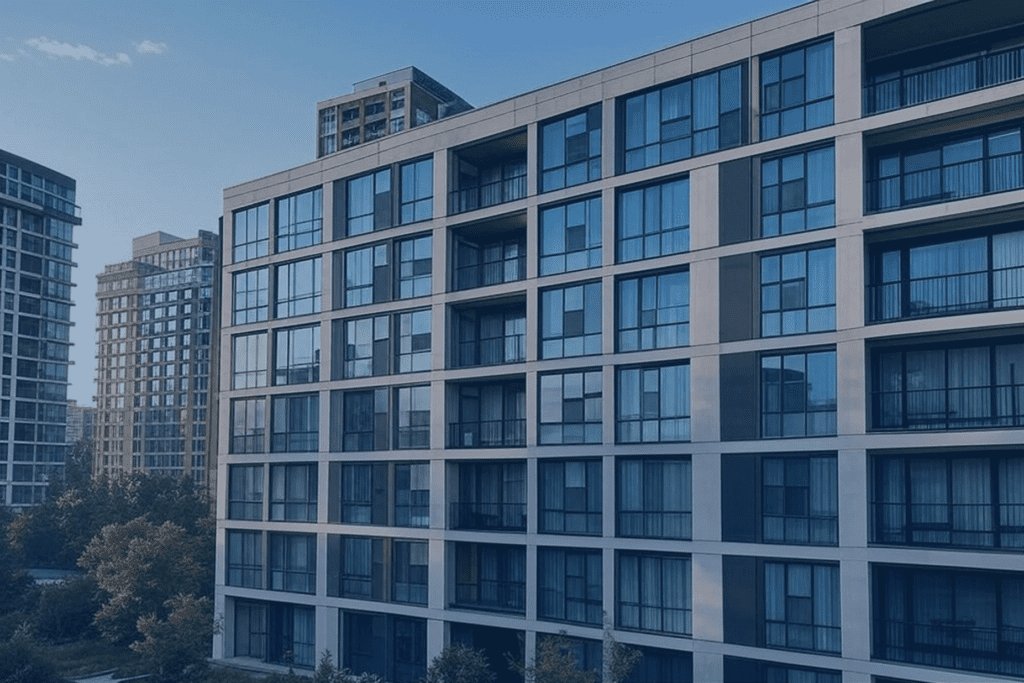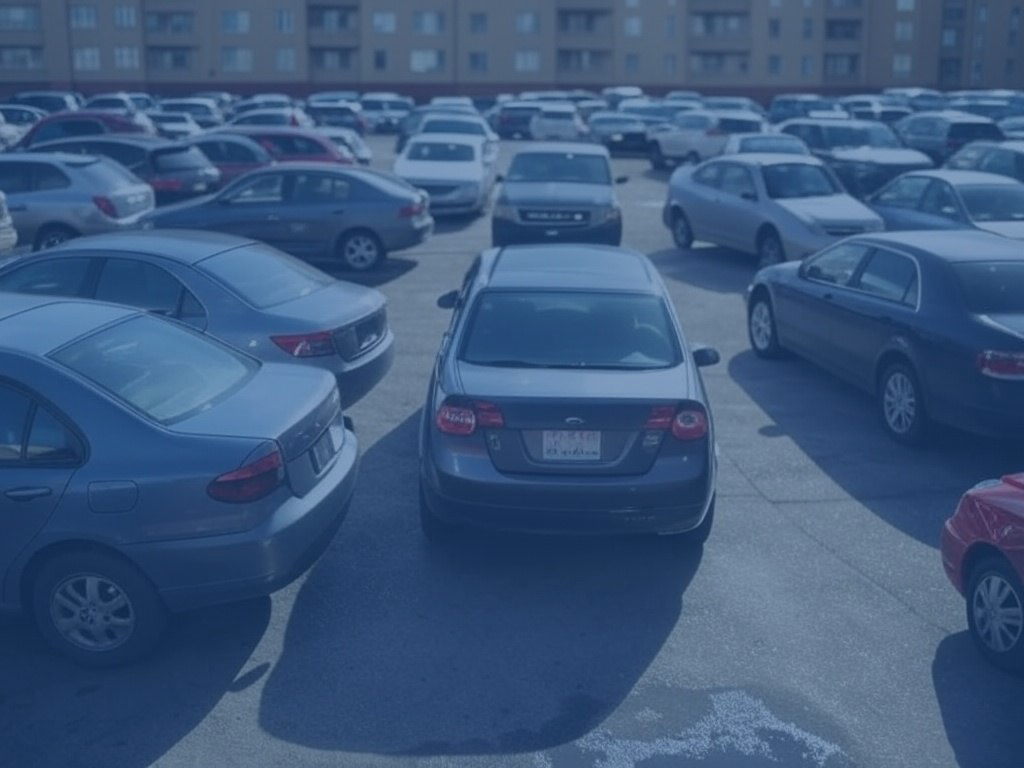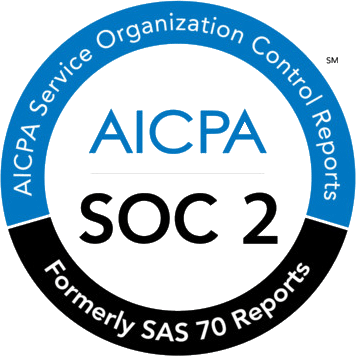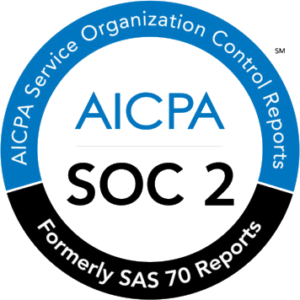How will I get to work? This is a question which your employees ask themselves every day. Prospective employees will ask themselves before taking a job with your organisation. The employee commuting conundrum is a daily reality for billions of workers.
“Reducing commuter friction is a key step in building a positive organisational environment.”
Workplace mobility is a much bigger concern for employees than many people realise. According to research by Robert Half, 23% of workers have left jobs due to tiresome commuting.
It’s not an easy challenge for companies to solve. Ultimately you have very little control over increasing congestion. Local transport infrastructure improvements tend to be slow. While the accessibility of your office by public transport is in the lap of government.
Futureproof employee commuting by looking at the plans and processes you have around:
Table of Contents
ToggleWORKPLACE MOBILITY TRENDS
How can you gain an understanding of changes your company should make to commuter habits? It’s simple, look at existing behaviour.
A great example is Dublin. The Dublin workforce has decent public transport and extreme city centre traffic. The road network outside of the main urban area is top class. Unfortunately, the evolution of street patterns within the city is a nightmare.
This European city is a good example of infrastructural challenges facing many cities.
Improve your parking operations with sustainability in mind
Find out how Wayleadr can help you reduce your carbon footprint and promote sustainable practices
Get a DemoSince 1986, cars have been the number one choice for people when traveling to work. Yet, for the first time in 30 years, car usage is dropping with people looking for other commuter options. What does this broadening desire mean for workplaces and the future of commuting?
“Despite small drop-offs over recent years, high levels of car usage isn’t going anywhere soon.”
Macro-level mass changes in employee mobility are dependent on a number of factors. Improved public transport, road networks, and transport infrastructure all have a role.
There is very little companies can do about this. Although a proactive public affairs team helps. Ensure to engage local politicians and authorities with any recommendations.
Certain people will always need a car for personal or professional reasons. Maybe they need to do the school run before work. They might have to drive an hour after work for sports practice. Or perhaps they need the car to frequently get out and about meeting clients and customers.
This doesn’t mean that companies shouldn’t be making it as easy as possible for staff to leave their car at home. There are ways to stimulate this through parking management and commuter incentives.
EMBRACING THE PROACTIVE APPROACH
The majority of companies’ approach to commuter benefits is “reactive”. Unfortunate Human Resources and Facilities professionals are left fire-fighting. There are constant complaints about parking, public transport, and facilities on site.

The good news is that a reactive approach is not the only approach. Adopt a proactive model to employee mobility. Make massive savings, reduce carbon footprint, and positively impact on the bottom line.
The importance of commuter management is increasing with the growing pressures of urbanisation. It is vital for your company to embed a culture of proactive mobility planning.
Manage your employees commuting and make it easier to get to work. Empower your staff to focus on the things which can grow your business. Allow them to stop worrying about how they are going to get in and out of work.
Decrease your company’s dependency on cars with our guides growing running, walking, cycling and public transport at work.
Parking causing issues? Join industry leaders from companies like Sanofi, Indeed.com & CBRE, schedule a demo with Wayleadr.com today and solve your parking problems in the click of a button.
Looking to reduce your commuter carbon footprint? Check out this blog – How employers are using parking software to fight climate change
Futureproofing your commuter culture isn’t just good for the environment, it also can save a lot of money for your business. Learn more with this blog – Reduced costs to environmental benefits: how last mile automation can help your business
What do the commutes of the future look like? Discover more with this blog – How last mile automation can change driving culture at your workplace
Improve your parking operations with sustainability in mind
Find out how Wayleadr can help you reduce your carbon footprint and promote sustainable practices
Get a Demo
